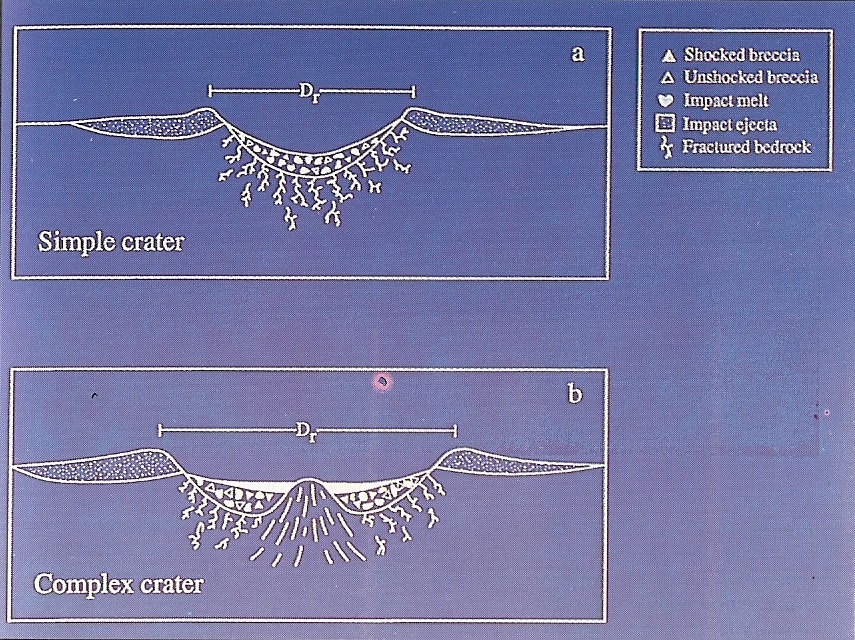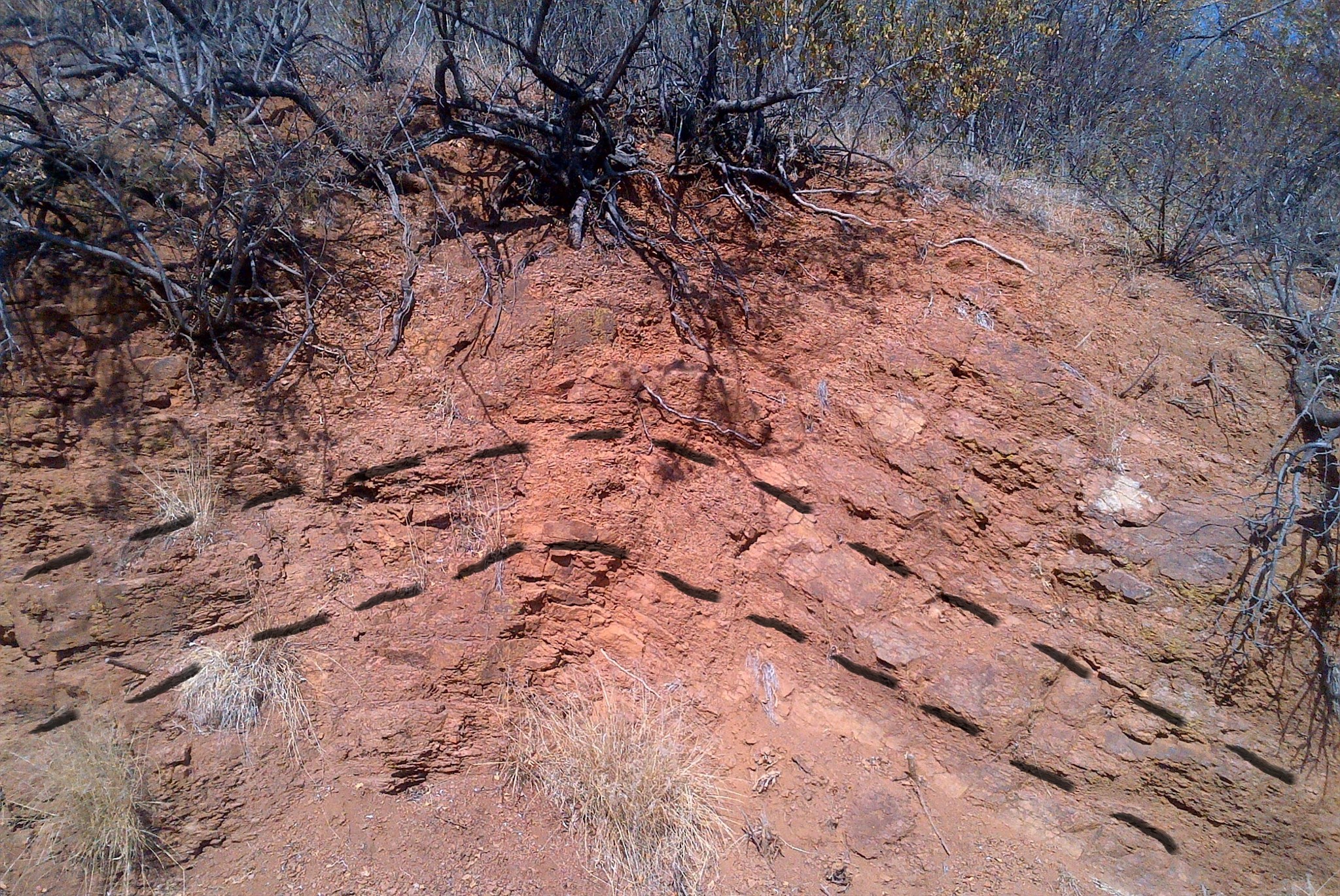
REACHING THE EARTHCACHE
PUBLIC HOURS
- Open: Every day of the year except 25th December and 1st January.
- Public hours: 07:30 – 16:00 daily (last visitors must be out by 18:00)
TARIFFS
- Entry fees - Adults R20.00, children R10.000
- Prices include: Self-guided walk along hiking trail, trail pamphlet, museum display, picnic site
GENERAL
- Cost for a guide for a hike to and around the crater – lasting approximately 3 hours
- Groups 10 – 20 people R 150,00 per guide
- Groups of 21 people and above R 200,00 per guide
- Permit to Drive to the Crater R 20,00 per vehicle
WHAT IS IMPACT CRATERING?
Impact cratering is one of the fundamental processes in the formation of planetary bodies.
It has long been established that the Earth and the Moon both formed early in the history of the Solar System, around 4600 million years ago. The Earth grew within a dense cloud dust particles, a so-called nebula. These particles collided with each other, stuck against each other and thus grew, bit-by-bit. The larger they became the heavier they became, and the more the mass of particles increased, the more material could be attracted from the surroundings by gravitational forces. The process is known as accretion, and, clearly it is also a form of impact process. This demonstrates that impact is a fundamental process in the formation of planetary bodies.
THE BIRTH OF TSWAING
There are two forms of impact craters – simple and complex.

The simple form is characterized by a slightly raised crater rim, which is covered by ejecta, a crater interior filled with fallback breccia, and a deformed crater floor and basement. The crater interior may contain a small volume of impact melt rock. Complex impact craters have all the features as well, but the general structure is different because of the central uplift feature.

At impact 220 000 years ago, the rock at Tswaing was compressed as the shock wave moved downwards, with the rock at and near the point of impact experiencing the greatest pressures and temperatures. The rock at the point of impact is intensely fractured, fused, and, to some part vaporized.
The shock wave is reflected back and throws out large quantities of fragmented rock, known as fragmental breccia. The crater rim is formed simultaneously by the solid bedrock being forced upwards and outwards.
CRATER WALL
The crater wall consists of 3 distinct sections, the Lower wall, Mid-crater wall and the Upper wall.
The coordinates will bring you to a cross section of the Mid-crater wall. This section consists of buckled or folded granite. This fold has been locally fractured and displaced along some small-scale faults. The folded structure, also known as an anticline, is clearly exhibited here.
Anticline is the name given to the arch-shaped folds in rocks, closing upwards (in the case of layered rocks), with the oldest rocks in the core as demonstrated by the lines in the image below

Folds like this is a result from initial outward motion, the granite is first driven outwards in a horizontal direction and then deflected upwards towards the surface.
THE GEOLOGY OF THE TSWAING CRATER
The Tswaing crater has a near circular shape with a diameter of approximately 1.13 kilometer. The rim is well preserved and consists of up-tilted granite. It is covered largely by breccia composed of granite fragments. The rim is elevated by approximately 60 meters above the surrounding plains, and the maximum elevation of the rim above the crater floor is 119 meters
The excellent preservation of the rim indicates a young age for the crater. If the crater had been older, the blocks of granite still evident on the crater rim, which were thrown out of the interior when the crater formed, would long have been eroded.
The crater and the surrounding area consist predominantly of the pinkish Nebo Granite, which is the main granite type of the Bushveld Complex.
To qualify for this Earthcache please mail me the answers to the following questions:
- Briefly describe the process known as accretion in astrophysics.
- Is Tswaing a simple of a complex impact crater?
- Briefly explain how the anticline at ground zero was formed.
- What number appears on the info sign at ground zero?
References: Tswaing Meteorite Crater, by WU Reimold, D Brandt, R de Jong, J Hancox, The Council for Geocience Geological Survey of South Africa, 1999.